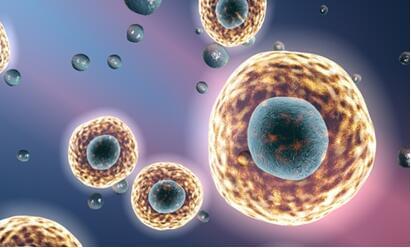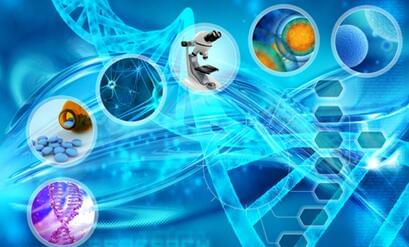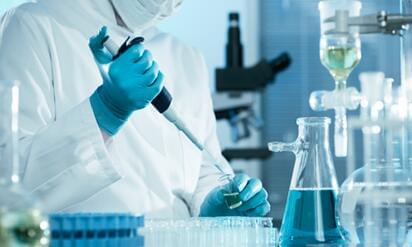iPS Cell Research
Creative Bioarray provides a comprehensive cell biological research for global customers including cell line tests, stem cell research and induced pluripotent stem cell (iPS cell) research. Our intelligent experts and platform perform perfectly in iPS cell research. We can provide sufficient assistance to adjust your research and meet the project needs. And our company sustains a leader in the changing research environment.
What Is iPS Cell?
Induced pluripotent stem cells (also known as iPS cells or iPSCs) are a kind of pluripotent stem cell which can be extracted directly from adult cells. This iPSC technology was first developed in 2006 by Shinya Yamanaka’s lab in Kyoto, Japan, and showing that the introduction of four specific genes encoding transcription factors could convert adult cells into pluripotent stem cells. In past periods of regenerative medicine, the embryonic stem cell is the most well-known type of pluripotent stem cell. However, the generation of embryonic stem cells involves destruction (or at least manipulation) of the pre-implantation stage embryo. Further, since embryonic stem cells can only be derived from embryos, there has been much controversy surrounding their use. On the contrary, iPS cells can be derived directly from adult tissues, they not only bypass the need for embryos, but can be made in a patient-matched manner, which means that each individual could have their own pluripotent stem cell line.
How Can We Produce iPS Cells?
iPS cells are typically derived by introducing products of specific sets of pluripotency-associated genes, or "reprogramming factors" such as Oct4 (Pou5f1), Sox2, cMyc, and Klf4, into a given cell type. While this combination of the transcription factors is most conventional in producing iPSCs, each of the factors can be functionally replaced by related transcription factors, miRNAs, small molecules, or even non-related genes such as lineage specifiers.
 Figure 1. A process of the generation
of induced pluripotent stem (IPS) cells. (1) Isolate and culture donor cells from tissue, blood or organ. (2) Trans
stem cell-associated genes into the cells by viral vectors. The cells expressing the exogenous genes are in red. (3)
Harvest and culture the cells according to ES cell culture. (4) A small subset of the transfected cells generates
ES-like colonies which become iPS cells at last.
Figure 1. A process of the generation
of induced pluripotent stem (IPS) cells. (1) Isolate and culture donor cells from tissue, blood or organ. (2) Trans
stem cell-associated genes into the cells by viral vectors. The cells expressing the exogenous genes are in red. (3)
Harvest and culture the cells according to ES cell culture. (4) A small subset of the transfected cells generates
ES-like colonies which become iPS cells at last.
The process of iPS cell derivation is typically slow and inefficient. It will take 1–2 weeks for mouse cells and 3–4 weeks for human cells, with efficiency around 0.01%–0.1%. With the development of technology, considerable advances have been made in improving the efficiency to obtain iPS cells. Upon introduction of reprogramming factors, cells begin to form colonies that resemble pluripotent stem cells, which can be isolated based on their morphology, conditions that select for their growth, or through expression of surface markers & reporter genes.
iPS Cell Research at Creative Bioarray

We provide a broad range of cell-reprogramming technique systems, including mRNA reprogramming, dox-inducible human 4F2A reprogramming and lentivirus reprogramming for our customers to develop iPSC lines and further assays.

Our researches working hard to produce iPS cell related products, such as iPSC factor proteins, iPSC medium & culture reagents, iPSC related cells and so on. We have built up expertise in differentiation of high purity, functional cell types.

CRISPR/Cas9 System for iPS Cells
We use the CRISPR/Cas9 gene-editing tool, which has gained huge popularity in recent years, to create a RNA-guided site-specific DNA cleavage and introduce disease-associated mutations into a sample of iPS cells.
Creative Bioarray provides a portfolio of flexible and integrated solutions for iPS cell research. Quality management system, complete data conservation and process audits trails all guarantee the data reliable. We are looking forward to being a long-term partner with you.
Reference
- Takahashi, K.; et al. Induction of pluripotent stem cells from mouse embryonic and adult fibroblast cultures by defined factors. Cell. 2006, 126(4): 663–76.